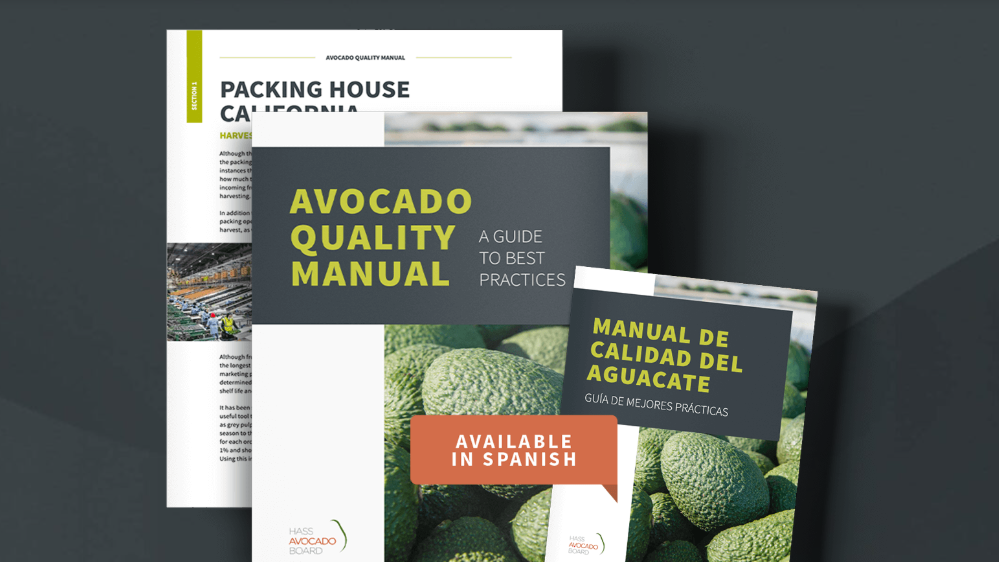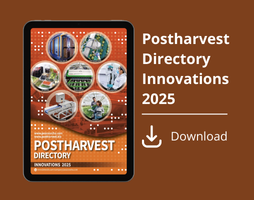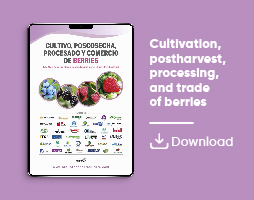Actualidad
The Potential of Clavispora lusitaniae 146 Yeast as a Biocontrol Agent for Postharvest Citrus Preservation
Rasuc, MC, et al. research show the impact on lemon epiphytic microbiome: of the biocontrol yeast Clavispora lusitaniae 146

The issue of postharvest decay
Lemons (Citrus limon) are prone to fungal infections such as green and blue mold caused by Penicillium and black rot caused by Alternaria. To combat these diseases, synthetic fungicides have been used, but their excessive use has led to resistance in fungi and environmental concerns.
A promising biological solution
The researchers evaluated the impact of C. lusitaniae 146 on the epiphytic microbiome of Eureka variety lemons harvested in Tucumán. Through metagenomic analysis, they compared microbial diversity in lemons treated with this yeast and in control samples.
The results showed that the application of the yeast significantly reduced the presence of Alternaria and Penicillium, without negatively affecting beneficial bacterial communities. Additionally, fungal diversity was reduced, suggesting that C. lusitaniae 146 could play a key role in fruit protection without compromising its natural microbiological balance.
Impact and future of biocontrol in citrus fruits
This discovery represents a step forward in the use of sustainable methods for postharvest citrus preservation. The application of natural biocontrol agents like C. lusitaniae 146 could reduce the reliance on chemical fungicides and offer a more eco-friendly and safer alternative for the fruit industry.
The scientists emphasize the need for further studies to evaluate its effectiveness under different storage conditions and in other citrus varieties. With these advancements, the industry could benefit from a more sustainable strategy to extend the shelf life of lemons and improve their quality in both domestic and international markets.
Source
Rasuk, M.C., Irazoqui, J.M., Perez, M.F. et al. Insights into the lemon (Citrus limon) epiphytic microbiome: impact of the biocontrol yeast Clavispora lusitaniae 146. BMC Res Notes 18, 11 (2025). https://doi.org/10.1186/s13104-024-07064-4
Other papers by the same research group
Enhancing biological control of postharvest green mold in lemons: Synergistic efficacy of native yeasts with diverse mechanisms of action
Native Cultivable Bacteria from the Blueberry Microbiome as Novel Potential Biocontrol Agents
Protection of Citrus Fruits from Postharvest Infection with Penicillium digitatum and Degradation of Patulin by Biocontrol Yeast Clavispora lusitaniae 146











